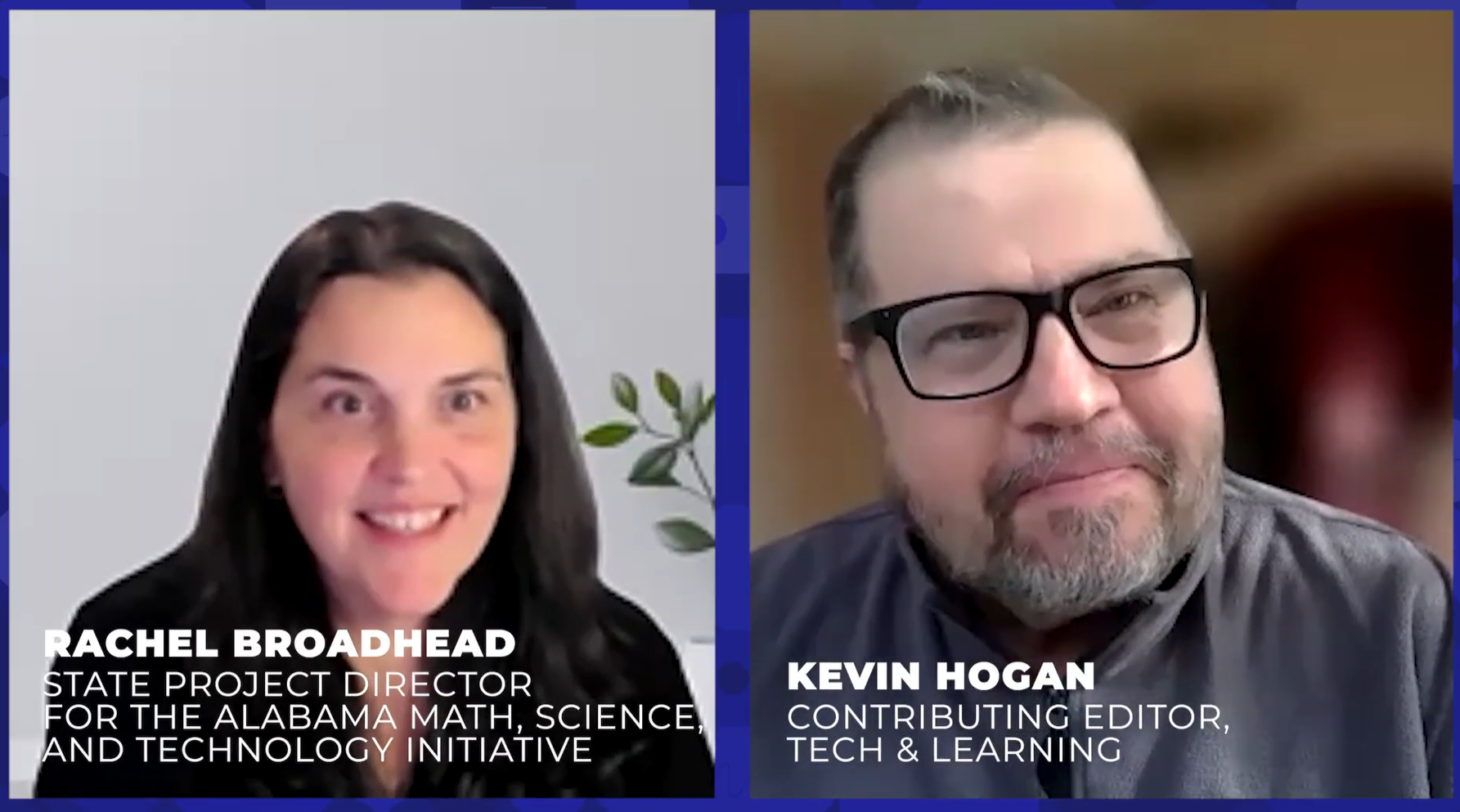Battle of the AIs: An Educator’s Guide to Choosing the Right AI Platform
By matching the right AI tool to the right task, educators can unlock efficiency, creativity, and insight without compromising trust, safety, or compliance

Some educators assume it doesn’t matter which AI platform they use because the tools all perform similar tasks. Innovative educators know this is a myth, especially when it comes to the paid or premium versions.
Each platform offers different strengths, design assumptions, and system integrations. Many of the most useful features are only available in the professional tiers. Choosing the right tool and aligning it with your district’s existing ecosystem is essential for fiscally sound, safe, efficient, and responsible use.
In this article, I share examples of how school staff, not students, can select the right AI tool on popular platforms such as Gemini, Copilot, or ChatGPT to improve communication, streamline planning, and bring ideas to life through tools that help create engaging videos, professional-quality podcasts, and dynamic content for daily work.
Google Gemini: Best for Google Workspace Users and Dynamic Content Creation
If your school uses Google Workspace, Gemini is the most logical and powerful AI companion. Its strength lies in its seamless integration across tools and its ability to generate polished, multimedia content with minimal effort.
Ecosystem Integration
Gemini is directly embedded within Google apps such as Gmail, Docs, Sheets, and Slides. This allows school staff to perform tasks such as drafting a workshop agenda, summarizing survey data, or preparing staff feedback without switching between applications.
Creative Content Generation
Gemini stands out for its ability to transform text into rich media
- Google Vids can instantly turn content into a professional video. This is ideal for highlighting student stories, staff spotlights, or community updates.
- Google Veo enables educators to generate cinematic-style short videos from a simple prompt, useful for promotional content or classroom explainers.
- NotebookLM allows staff to upload content and engage in structured Q&A, generate summaries, or even create a podcast based on the uploaded material.
Smart Information Retrieval
Gemini can search your personal Google Workspace, including Drive, Gmail, and Docs, to find specific information such as IEP notes, parent emails, or meeting feedback. This capability centralizes decision-making and saves time by allowing you to access existing content.
Tools and ideas to transform education. Sign up below.
Microsoft Copilot: Best for Districts and Administrative Productivity
Microsoft Copilot is tailor-made for administrative and leadership teams who rely on the Microsoft 365 ecosystem. It boosts productivity, improves collaboration, and supports enterprise-level operations.
Centralized Productivity
Copilot integrates into Outlook, Word, Excel, and Teams. It can summarize long email threads, suggest replies, generate meeting notes, and track to-dos—making it a game-changer for principals, coaches, and district staff managing multiple stakeholders.
Operational Efficiency
It can:
- Review your inbox and generate a dashboard of pending tasks
- Surface team contributions for performance reflection or workflow improvement
- Summarize and/or draft emails
- Analyze data
Security & Compliance
Microsoft Copilot is built for enterprise use. It meets institutional demands around data privacy, access controls, and compliance, which are key requirements for districts and public agencies handling sensitive data.
ChatGPT: Best for Personal Use, Not Recommended for School Staff Work
ChatGPT is powerful, conversational, and often delightful to use, but it’s not designed for professional use in schools.
Personal Flexibility
ChatGPT is excellent for personal use: brainstorming, writing poems or speeches, generating travel plans, or studying a new topic. It’s flexible, creative, and often the fastest way to prototype an idea.
Professional Risk
Here are the issues:
- ChatGPT is not covered by most districts’ data agreements.
- Using it with your school email or uploading documents with student names or internal plans introduces real privacy and compliance risks.
- Districts rarely support or vet it for use in official workflows.
If you’re using ChatGPT, do it on your own time, with your personal account, and never with sensitive or identifiable content. It’s a great assistant—just not one meant for your school’s work systems.
Bottom Line: The Right AI Tool, for the Right Task, in the Right Context
The way staff use AI in schools will either strengthen operations or create unnecessary risk. The best AI strategy isn’t about chasing trends. It’s about making informed, intentional decisions.
Start with these questions:
- What platforms are approved and supported by our district?
- Where are staff already working (Google, Microsoft, or other)?
- What are the use cases, and where should we draw the line?
- Are staff being trained on safe, effective usage? If not, why not, and how can that be changed?
- Is there a tool that you are drawn to over others? Why?
By matching the right AI tool to the right task and respecting professional boundaries, educators can unlock efficiency, creativity, and insight without compromising trust, safety, or compliance.
MORE:
Lisa Nielsen (@InnovativeEdu) has worked as a public-school educator and administrator since 1997. She is a prolific writer best known for her award-winning blog, The Innovative Educator. Nielsen is the author of several books and her writing has been featured in media outlets such as The New York Times, The Wall Street Journal, and Tech & Learning.
Disclaimer: The information shared here is strictly that of the author and does not reflect the opinions or endorsement of her employer.
